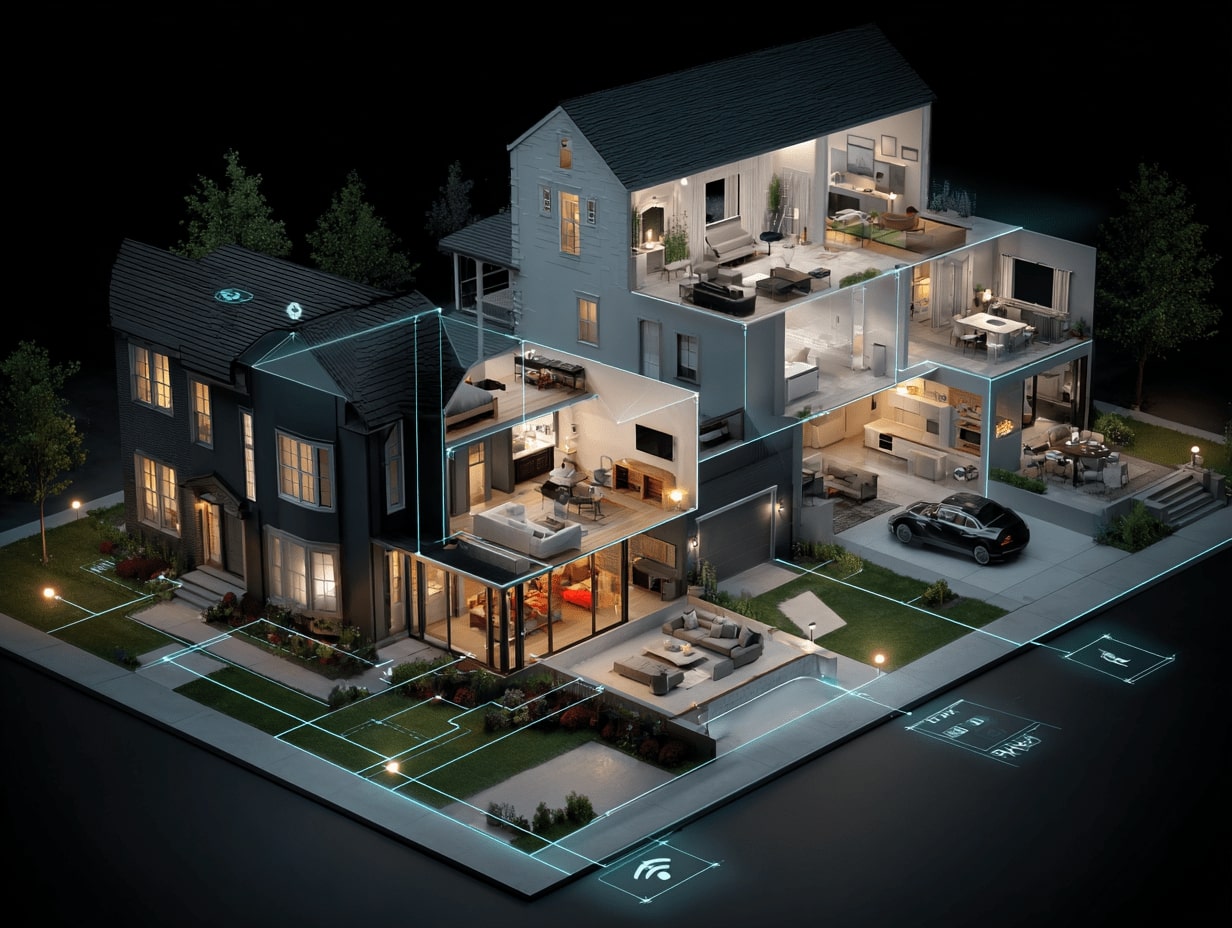- Home
- Articles
- Architectural Portfolio
- Architectral Presentation
- Inspirational Stories
- Architecture News
- Visualization
- BIM Industry
- Facade Design
- Parametric Design
- Career
- Landscape Architecture
- Construction
- Artificial Intelligence
- Sketching
- Design Softwares
- Diagrams
- Writing
- Architectural Tips
- Sustainability
- Courses
- Concept
- Technology
- History & Heritage
- Future of Architecture
- Guides & How-To
- Art & Culture
- Projects
- Interior Design
- Competitions
- Jobs
- Store
- Tools
- More
- Home
- Articles
- Architectural Portfolio
- Architectral Presentation
- Inspirational Stories
- Architecture News
- Visualization
- BIM Industry
- Facade Design
- Parametric Design
- Career
- Landscape Architecture
- Construction
- Artificial Intelligence
- Sketching
- Design Softwares
- Diagrams
- Writing
- Architectural Tips
- Sustainability
- Courses
- Concept
- Technology
- History & Heritage
- Future of Architecture
- Guides & How-To
- Art & Culture
- Projects
- Interior Design
- Competitions
- Jobs
- Store
- Tools
- More
The Growth of Smart Homes: What’s Driving It, Where It’s Headed, and How We Prepare
Discover how smart homes are moving from niche to mainstream. See what’s driving adoption convenience, safety, energy savings, and utility incentives and the tech enabling it, from Wi‑Fi to Matter. We balance benefits with privacy and cost concerns and share practical steps to build a more efficient home.

Smart lightbulbs were the gateway. Now, thermostats, security systems, and even blinds quietly talk to each other. The growth of smart homes isn’t hype, it’s a steady shift in how we live, save energy, and feel safer at home. In this guide, we unpack what’s fueling adoption, the tech stack making it work, the benefits and barriers, and how we can get ready for what’s next.
Table of Contents
ToggleWhat’s Driving the Rise of Smart Homes
Convenience, Safety, and Aging-in-Place
We value time and peace of mind. Smart homes deliver both. Routines that lock doors, arm cameras, and dim lights happen automatically. Video doorbells let us check a knock from anywhere. Leak sensors ping us before a drip becomes a disaster. For aging-in-place, fall detection, voice control, and remote monitoring help families support loved ones without stripping independence. When tech fades into the background, and just works, we feel it in everyday moments.

Energy Savings and Incentives
Energy is the other big push. Smart thermostats typically shave 8–15% off heating and cooling for many households, and occupancy-based lighting or smart plugs cut waste we don’t even notice. Many utilities offer rebates for connected thermostats or demand-response programs that pay us to reduce use during peak hours. In the U.S., evolving energy-efficiency incentives under federal and state programs make efficient upgrades more affordable. Savings, plus nudges from our power company, add up, and they make the growth of smart homes a financial decision as much as a lifestyle one.
Adoption and Market Trends
From Early Adopters to Mainstream
We’ve moved beyond gadget lovers. As platforms have matured and prices dropped, bundles (security plus automation, or thermostat plus sensors) lowered the friction for busy households. Installers and retailers now package setup, so we don’t need a weekend and a wiring diagram to get started. The result: more rooms, more devices, and more families using automation daily, especially for climate control and security.

Regional and Demographic Patterns
Trends vary by place and people. Europe leans into heating controls and energy management (thanks to higher energy costs and smaller dwellings), while North America sees strong security and comfort bundles. In dense cities and multi‑family housing, access control and package management are hot: in suburbs, whole‑home platforms and yard cameras lead. Renters prefer plug‑and‑play gear they can take along. Homeowners and new construction skew toward integrated systems prewired for power and data.
Core Technologies Powering Smart Homes
Connectivity and Interoperability (Wi‑Fi, Thread, Matter)
Connectivity is the bedrock. Wi‑Fi handles high‑bandwidth devices like cameras. Low‑power mesh like Thread connects sensors and switches with long battery life and reliable coverage. Matter, the industry standard launched to make devices talk across ecosystems, lets us pair lights, locks, and thermostats with our preferred app (Apple Home, Google Home, Alexa) without starting over. It doesn’t solve everything yet, but it’s a big step away from fragile, siloed setups.

Sensors, Hubs, and Edge AI
Sensors turn homes into attentive spaces: motion, contact, temperature, CO2, moisture, and power monitoring. Hubs (or border routers) tie everything together and keep automations local, which is faster and more private. Edge AI on cameras and thermostats recognizes patterns (like distinguishing people from pets or learning our comfort schedule) without shipping every frame to the cloud. Local-first processing cuts latency, reduces bandwidth, and improves privacy, all while making automations feel instant.
Consumer and Builder Benefits
Comfort, Security, and Efficiency
We get quieter, smarter comfort, rooms that warm before we wake, lights that follow us without touching a switch, and alerts that matter. Cameras and sensors deter break‑ins and help with deliveries. Energy dashboards reveal power hogs we can tame. Once routines are dialed in, the home anticipates instead of reacts.

Property Value and Differentiation
For sellers and builders, connected features signal modern, efficient living. Pre‑installed networking, smart thermostats, hardwired sensors, and EV‑ready circuits help listings stand out. In competitive markets and multi‑family buildings, bundled connectivity, access control, and smart meters reduce operating costs and appeal to tech‑forward renters.
Challenges and Barriers
Privacy, Trust, and Data Security
We’re putting microphones, cameras, and occupancy data in intimate spaces. That demands transparency. Clear data policies, local video storage options, and end‑to‑end encryption build trust. We should favor vendors that support security updates for years, not months, and offer robust permissions so housemates and guests get the right access without oversharing.

Fragmentation, Lock‑In, and Costs
Too many apps, proprietary accessories, and subscription creep can stall adoption. Matter eases fragmentation, but device categories roll in gradually, and advanced features may still require vendor apps. Upfront costs are real: the trick is prioritizing high‑impact upgrades (thermostats, lighting, insulation plus smart controls) and layering from there. We avoid lock‑in by choosing open standards, Thread‑enabled devices, and platforms with export/backup options.
What’s Next and How to Prepare
Ambient, Predictive, and Local‑First Automation
The next wave is ambient computing, homes that respond to presence and patterns without constant voice commands. Presence sensing will rely less on phones and more on privacy‑preserving signals (multi‑sensor fusion, mmWave, CO2 fluctuations) to tell rooms when we’re actually there. Predictive control will pre‑heat or pre‑cool based on weather, rates, and our routines. And more will run locally, with the cloud reserved for remote access and heavy lifting we explicitly allow.

Practical Steps to Start or Upgrade
- Start with a goal: comfort, safety, or savings? Pick one to guide purchases.
- Choose a main platform you like (Apple, Google, Amazon) and aim for Matter compatibility plus Thread for low‑power sensors.
- Prioritize wins: smart thermostat, occupancy‑based lighting, and a few leak sensors.
- Add a reliable hub/border router for local automations and better range.
- Secure it: change defaults, enable MFA, segment IoT devices on your router if possible, and keep firmware updated.
- Watch incentives: utility rebates for thermostats or load‑shifting programs can offset costs.
- For renovations or new builds, run extra low‑voltage and neutral wiring to switches, and plan outlet placement for cameras and access points.
These steps keep the growth of smart homes practical, and future‑proof, without rebuilding our whole setup at once.
Conclusion
The growth of smart homes isn’t about flashy gadgets: it’s about homes that quietly do more for us, safer, more efficient, easier to live in. With Matter and Thread reducing friction, energy incentives sweetening the deal, and local AI boosting privacy and speed, the curve is bending toward thoughtful automation. If we start with clear goals and open standards, we’ll ride that curve without the headaches.
- future of smart homes
- home automation
- IoT in smart homes
- smart home adoption
- smart home advancements
- Smart Home Benefits
- smart home challenges
- smart home devices
- smart home future
- smart home growth
- smart home industry
- smart home innovations
- smart home integration
- smart home market
- smart home preparation
- smart home security
- smart home solutions
- smart home systems
- smart home technology
- smart home trends
Submit your architectural projects
Follow these steps for submission your project. Submission FormLatest Posts
The Future of Farmhouse Architecture: Where Heritage Meets High‑Performance
Future of farmhouse architecture: climate-smart, net-zero, off-grid-ready, and regional. Expert, practical guidance...
Exploring Future Trends in Interior Design: Sustainability, Technology, and Personalization
Discover the future of interior design in our latest article, where innovation...
The Future of Sustainable Architecture: Innovations for a Greener Tomorrow
Discover the future of sustainable architecture as we explore innovative practices designed...
Exploring the Architecture of the Future: Innovations in Sustainability and Smart Design
Explore the future of architecture in our latest article, where technology and...












Leave a comment